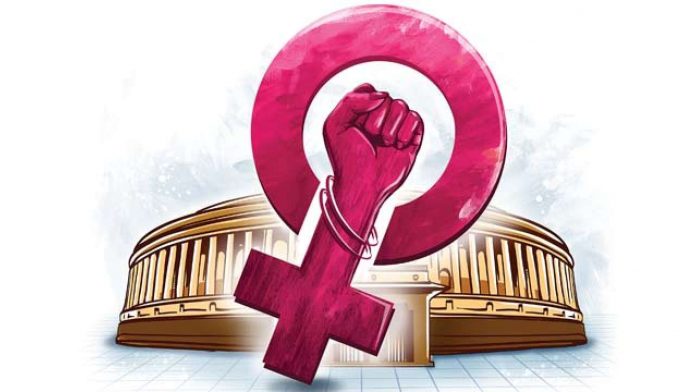- People familiar with the political landscape of the country would be not surprised at all with the negligible representation of women in the corridors of power. Even after seven decades of obtaining independence, the country’s half of the population still fights to garner respect, recognition, and equal role-play speaks volumes about our inability to accord equitable importance to women. The universe has undergone an unimaginable amount of transformation vis-à-vis technology, development, innovations, inventions, and achievements where despite sustained efforts at provisioning level-playing field for the other half has borne limited success and quite a heck lot is still to be realized.

PC: CHRIS SLOLEY
- As compared to other developed and developing countries, the Indian women have not fared either badly or can be mentioned with the certainty of having achieved at par recognition with their counterparts elsewhere. All-pervading supremely patriarchal mindset in several pockets of the country unsurprisingly mirrors the plight of the women who are fighting tooth and nail seeking rightful acknowledgment. Skewed sex ratios in many states amply demonstrate the unchanged priorities and biased viewpoints towards male progenies notwithstanding efforts at eliminating the scourge of inequalities. No wonder, cases of female infanticide are heard even in this age of technological advancements where both the sexes have opportunities to excel.
- The political parties in the country are not only expected to ensure women are chosen to contest any form of election by offering them the necessary tickets but also walk the talk by also proposing them prominence while selecting the representatives to form the government if blessed by the electorate. In the recently concluded assembly elections, the narrative of women not getting justifiable representation was stark that cannot be ignored for all its worth. The CM Mamata Banerjee of West Bengal came back to power largely owing to a heavy female support base. Her government has introduced a plethora of welfare schemes to empower and woo young women but fielded hardly 50 out of 291 in the recent elections.

PC: PTI
- No wonder, women’s representation in the new Bengal assembly remains unchanged at 40 out of 294. Likewise, the winning DMK’s manifesto in Tamil Nadu promised a plethora of women-centric schemes ranging from enhanced maternity leave for women government employees to free bus passes. When it comes to representation, the number of women MLAs in the state assembly has actually declined from 21 in 2016 to just 12 out of 234 this time around. Of course, the progressive state like Kerala raises some hopes with an increase in women’s MLAs from eight to 11 out of 140.
- However, a commensurate increase in women representatives is still elusive enduring to face structural hurdles despite an increase in their vote shares over the decades. Of course, many political parties never fail to mention that winnability is the prime factor in determining the ticket distribution often skewing the perception of winning itself. Trust me, women voters will not be satisfied with welfare schemes alone but would expect the political parties to ensure more space provided in their rank and file. Time is indeed opportune for women to demand and ensure they get a more just share in all the future political churnings.






